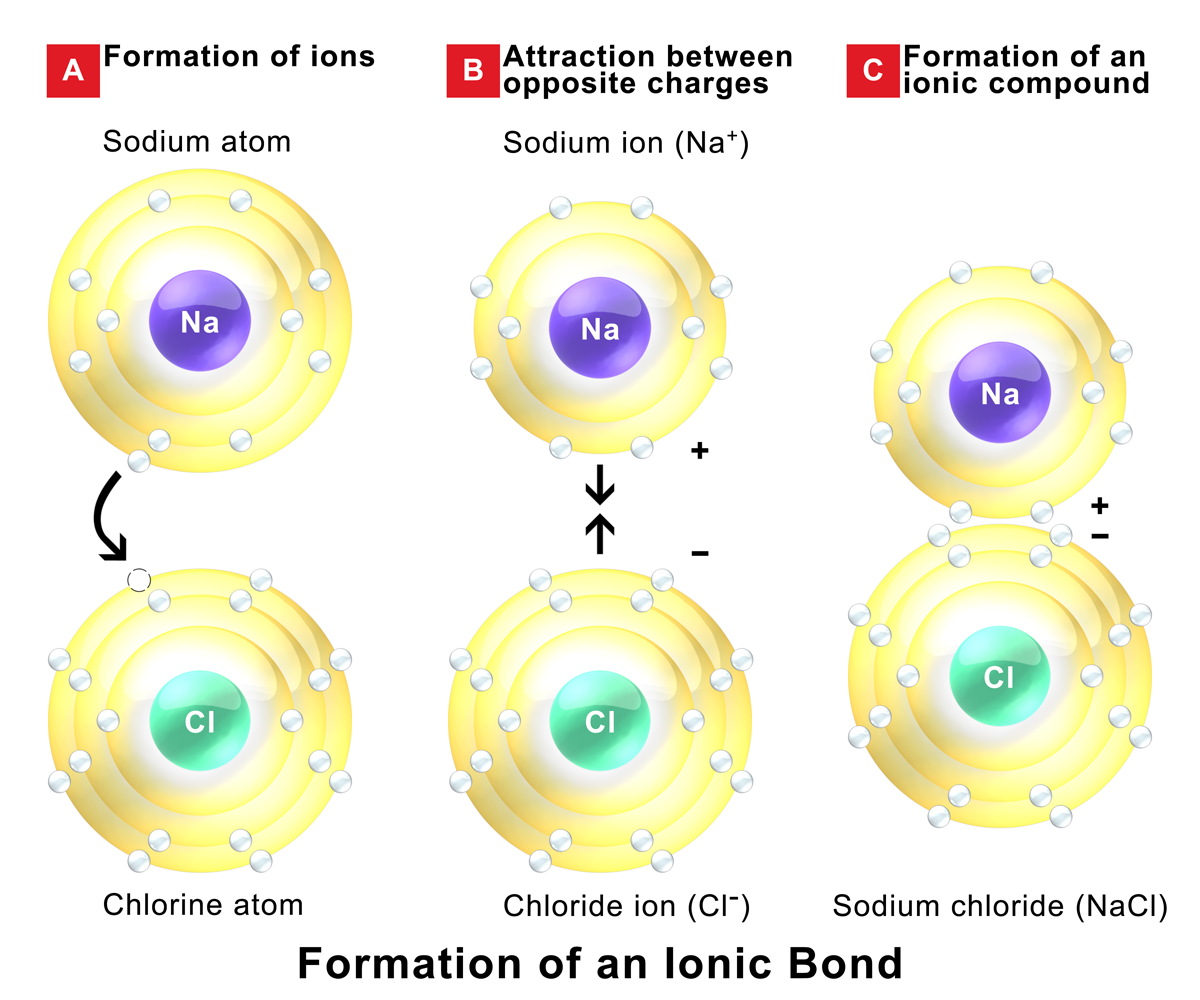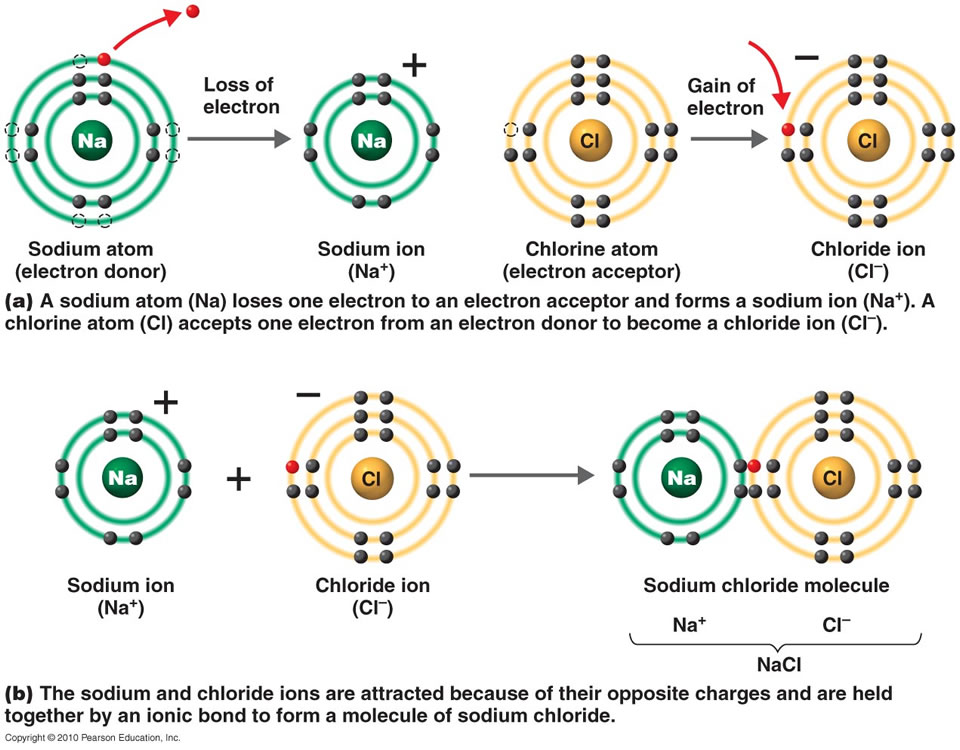What Types Of Elements Do Ionic Bonds Form Between
What Types Of Elements Do Ionic Bonds Form Between - Sap‑3 (eu) , sap‑3.a (lo) google classroom about transcript atoms interact with each other through the formation of chemical bonds. The difference in electronegativity can be used to predict the type of. Ionic bonding is a type of chemical bond in which valence electrons are lost from one atom and gained by another. Web how elements interact with one another depends on how their electrons are arranged and how many openings for electrons exist at the outermost region where electrons are. Let’s consider both types of. Charged chemical species form when neutral atoms, or groups of atoms, lose. Which elements most often form ionic bonds? Web all transition metals and rare earth metals act as positives in ionic bonding. There is a large electronegativity. There are primarily two forms of bonding that an atom can participate in:
Web all transition metals and rare earth metals act as positives in ionic bonding. The difference in electronegativity can be used to predict the type of. Web an ionic bond is a bond between two oppositively charged chemical species, a cation and an anion. Web answer (1 of 3): Hydrogen can be involved in ionic bonding. Charged chemical species form when neutral atoms, or groups of atoms, lose. Covalent bonding involves the sharing of electrons. Web how elements interact with one another depends on how their electrons are arranged and how many openings for electrons exist at the outermost region where electrons are. Ionic bonding is a type of chemical bond in which valence electrons are lost from one atom and gained by another. There is a large electronegativity.
Hydrogen can be involved in ionic bonding. This exchange results in a more stable, noble gas. Web all transition metals and rare earth metals act as positives in ionic bonding. There are primarily two forms of bonding that an atom can participate in: Sap‑3 (eu) , sap‑3.a (lo) google classroom about transcript atoms interact with each other through the formation of chemical bonds. The difference in electronegativity can be used to predict the type of. You can also go by electronegativity. Which elements most often form ionic bonds? There is a large electronegativity. Web how elements interact with one another depends on how their electrons are arranged and how many openings for electrons exist at the outermost region where electrons are.
Ionic Compounds Ionic bonds, Properties, Formation, Examples, Videos
This exchange results in a more stable, noble gas. Web all transition metals and rare earth metals act as positives in ionic bonding. Ionic bonding is a type of chemical bond in which valence electrons are lost from one atom and gained by another. Let’s consider both types of. Which elements most often form ionic bonds?
Ionic Properties
Hydrogen can be involved in ionic bonding. Web all transition metals and rare earth metals act as positives in ionic bonding. Charged chemical species form when neutral atoms, or groups of atoms, lose. This exchange results in a more stable, noble gas. It will act as a nonmetal with anegative one charge.
Ionic Bond Definition, Types, Properties & Examples
Sap‑3 (eu) , sap‑3.a (lo) google classroom about transcript atoms interact with each other through the formation of chemical bonds. There is a large electronegativity. It will act as a nonmetal with anegative one charge. Hydrogen can be involved in ionic bonding. This exchange results in a more stable, noble gas.
Covalent Bonds Biology for Majors I
Hydrogen can be involved in ionic bonding. Which elements most often form ionic bonds? This exchange results in a more stable, noble gas. Web how elements interact with one another depends on how their electrons are arranged and how many openings for electrons exist at the outermost region where electrons are. Sap‑3 (eu) , sap‑3.a (lo) google classroom about transcript.
10 Notable Differences Between Ionic And Covalent Bonds Current
Ionic bonds form when a nonmetal and a metal exchange electrons, while covalent bonds form when electrons are shared between two nonmetals. The difference in electronegativity can be used to predict the type of. An atom of sodium will lose an electron and form a positive ion. Web answer (1 of 3): You can also go by electronegativity.
savvychemist Ionic Bonding (2) Dot and cross diagrams/Lewis structures
Ionic bonds form when a nonmetal and a metal exchange electrons, while covalent bonds form when electrons are shared between two nonmetals. Sap‑3 (eu) , sap‑3.a (lo) google classroom about transcript atoms interact with each other through the formation of chemical bonds. An atom of chlorine will gain. Hydrogen can be involved in ionic bonding. Ionic bonding is a type.
Examples of Ionic Bonds and Ionic Compounds
Ionic bonds form when a nonmetal and a metal exchange electrons, while covalent bonds form when electrons are shared between two nonmetals. An atom of chlorine will gain. Ionic bonding is a type of chemical bond in which valence electrons are lost from one atom and gained by another. An atom of sodium will lose an electron and form a.
Ionic Bond Definition, Types, Properties & Examples
Web typically, a metal and a nonmetal will form an ionic bond. Sap‑3 (eu) , sap‑3.a (lo) google classroom about transcript atoms interact with each other through the formation of chemical bonds. Web how elements interact with one another depends on how their electrons are arranged and how many openings for electrons exist at the outermost region where electrons are..
Examples of Ionic Bonding YouTube
Charged chemical species form when neutral atoms, or groups of atoms, lose. Web typically, a metal and a nonmetal will form an ionic bond. An atom of chlorine will gain. Web answer (1 of 3): Web how elements interact with one another depends on how their electrons are arranged and how many openings for electrons exist at the outermost region.
An Atom Of Sodium Will Lose An Electron And Form A Positive Ion.
Web ionic and covalent bonding. There is a large electronegativity. It will act as a nonmetal with anegative one charge. Web in covalent bonds, two atoms share pairs of electrons, while in ionic bonds, electrons are fully transferred between two atoms so that ions are formed.
An Atom Of Chlorine Will Gain.
Ionic bonding is a type of chemical bond in which valence electrons are lost from one atom and gained by another. This exchange results in a more stable, noble gas. Web typically, a metal and a nonmetal will form an ionic bond. Web how elements interact with one another depends on how their electrons are arranged and how many openings for electrons exist at the outermost region where electrons are.
Web Answer (1 Of 3):
Let’s consider both types of. Sap‑3 (eu) , sap‑3.a (lo) google classroom about transcript atoms interact with each other through the formation of chemical bonds. Hydrogen can be involved in ionic bonding. Web all transition metals and rare earth metals act as positives in ionic bonding.
Which Elements Most Often Form Ionic Bonds?
Web an ionic bond is a bond between two oppositively charged chemical species, a cation and an anion. There are primarily two forms of bonding that an atom can participate in: The difference in electronegativity can be used to predict the type of. Charged chemical species form when neutral atoms, or groups of atoms, lose.






/ionic-bond-58fd4ea73df78ca1590682ad.jpg)


